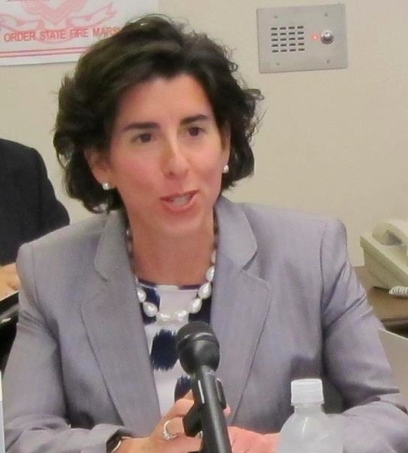
CalPERS cut ties with hedge funds because, among other reasons, the fees associated with those investments.
Some money managers and pension fund staff are saying that now is the perfect time for other pension funds to speak up about their aversion to fee-heavy investments. The managers told Reuters:
“Pension funds and everyone else would be remiss not to push on fees now,” said Brad Balter, Managing Partner of Balter Capital Management, which invests in hedge funds and is now offering its own liquid alternatives fund that mimic hedge fund performance with a lower fee structure.
[…]
Joelle Mevi, who has long been arguing for lower fees, first as chief investment officer at New Mexico’s pension fund and now as executive director and CIO at the City of Fort Worth’s pension plan, agreed that Calpers’ move could be a wakeup call.
“Top hedge fund managers could see that this is a trend and it could strike fear in their hearts,” she said.
Hedge funds reached by Reuters declined to comment. But the industry has in the past rebuffed criticism over fees and performance by saying returns tend to outperform when markets fall. It has also pointed to strong demand: hedge funds which manage $3 trillion attracted $30.5 billion in new money during the second quarter alone.
Stephen Nesbitt, who runs consulting firm Cliffwater LLC and works with prominent pension funds, said hedge fund performance, like stock performance, can vary greatly – underscoring the need for investors to make careful choices.
“There are many investors who are happy with the results. It works for some and it has to do with implementation,” he said.
It’s not out of the ordinary for pension funds to negotiate with hedge funds on the matter of fees. The Massachusetts Pension Reserves Investment Management Board (PRIM) was doing exactly that even before the CalPERS news came out. From Reuters:
Massachusetts, which invests roughly $5.6 billion with hedge funds, is pushing to move some of that money into separately managed accounts and may even invest, at a lower cost, in liquid alternative strategies.
“Moves by the big leading pensions like Calpers only reaffirms liquid alternatives are the wave of the future,” said Brad Alford, chief investment officer at Alpha Capital Management, which has put money into hedge funds and also now offers liquid alternative funds.
“Smart investors are no longer willing to pay these high fees for single digit returns,” Alford said. “High fees, little transparency, limited liquidity, light regulation plus hard to measure risk from leverage and derivatives are not a good investment solution.”
The Los Angeles Fire & Police Pension System chose to drop hedge funds long before CalPERS made headlines; they made the move early this summer when they removed $550 million from hedge funds.
Photo by www.SeniorLiving.Org










